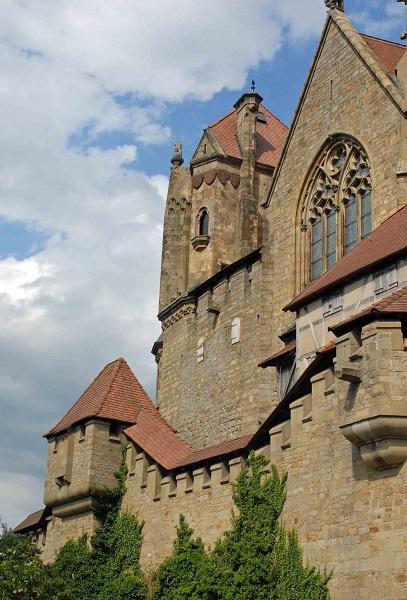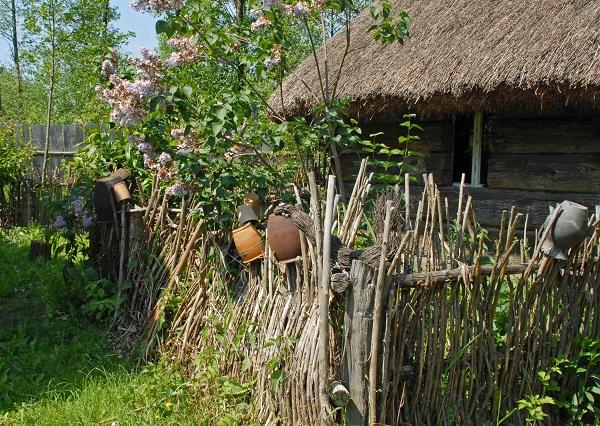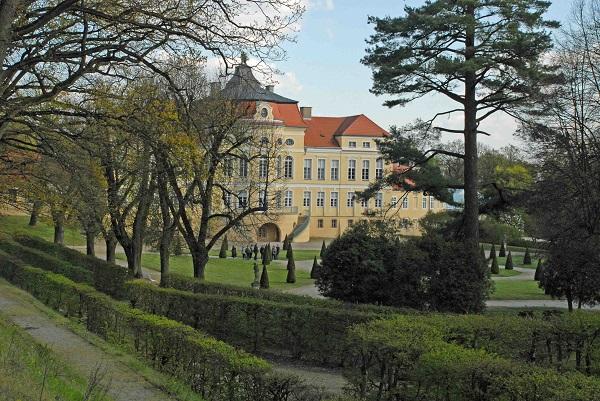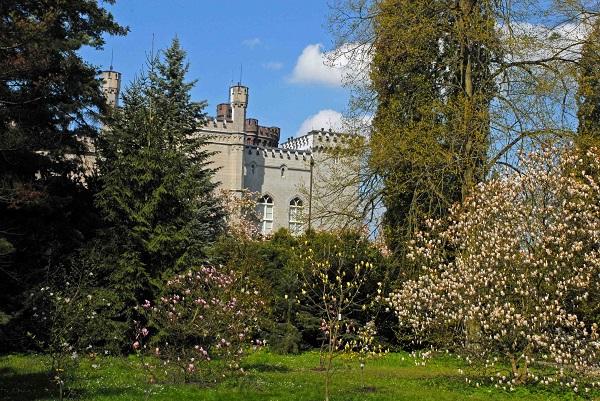Seegrote - underground lake in the region of Vienna.
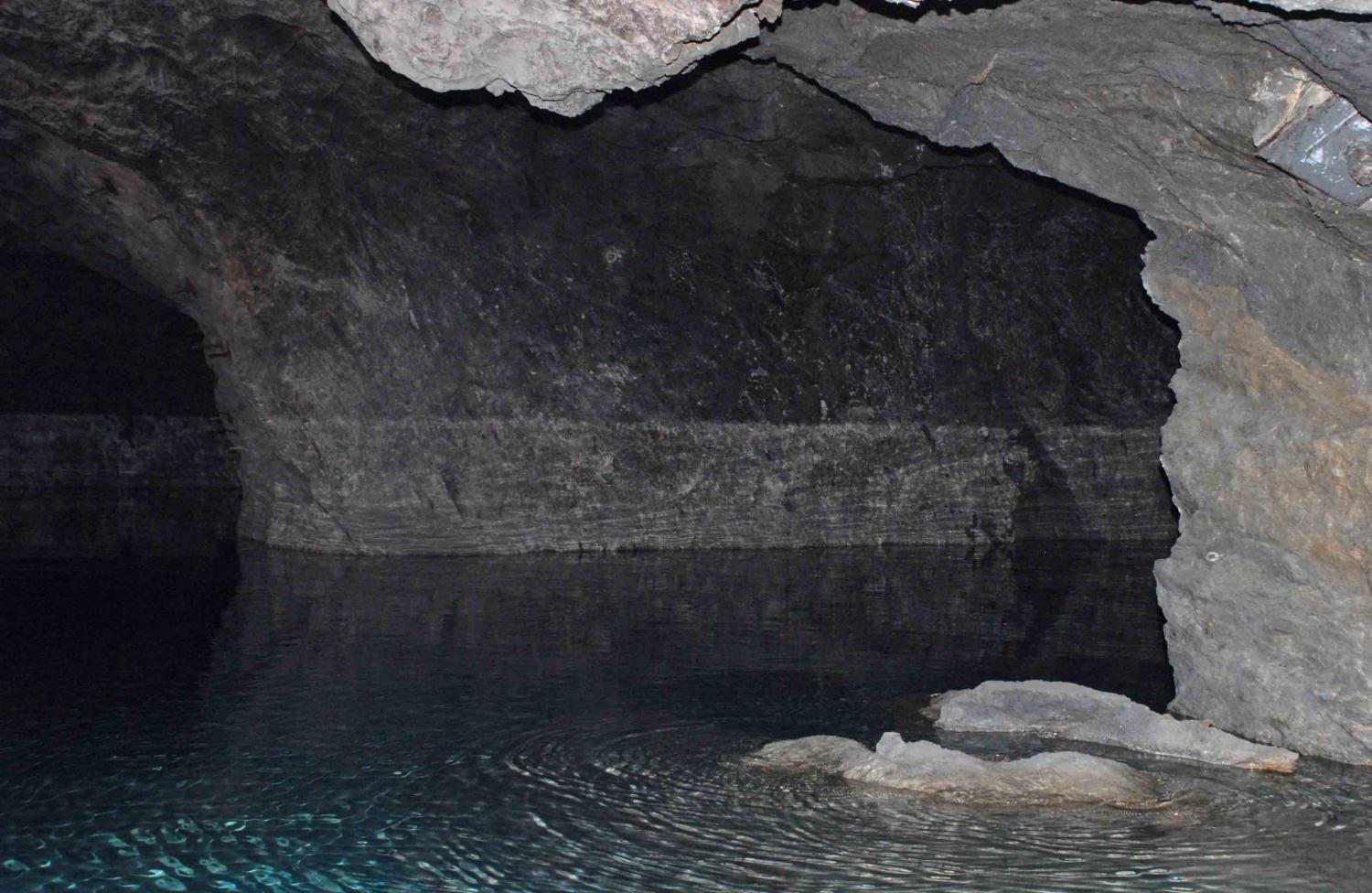
Today I have a suggestion for these who like to spend their holiday around Vienna and have an additional 2 hours of free time to fill.
In the Hinterbrühl mine gypsum was tapped starting from 1848. However, in 1912, as the result of an explosion, the lower levels of the mine were flooded and the work had to stop. The many litres of crystal clean water in dark corridors tempted people to visit the mine, so the Austrians created a path for tourists in 1932. Thanks to this we may admire this charming place.
Convenient placement and perfect protection against bombs meant that during the second World War the Nazis took over the mine, pumped out the water and transformed this tourist attraction into an underground plant producing parts for Heinkel He 162 warplanes. To make the plant more useful, they painted its whole interior white and concreted the bottom of the drained lake.
After the war the grotto was flooded anew and again made available for tourism. Despite the devastating actions of the Nazis, the mine together with its underground 6200 m2 lake is still a uniquely beautiful place and one of the most well-known underground tourist paths in Austria.




